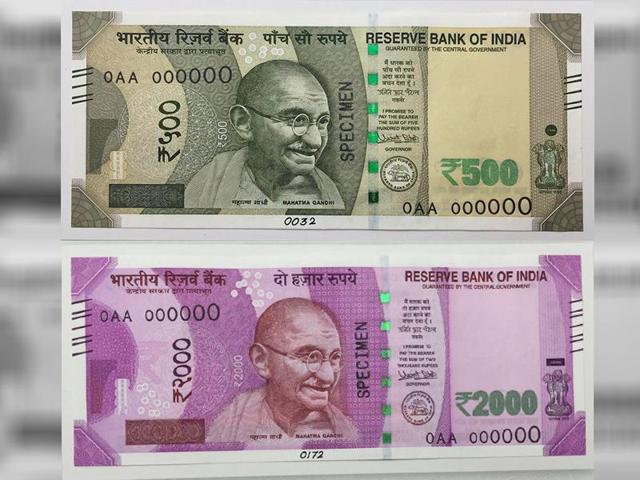According to the new data released by RBI, 60% of the old demonetised notes have already been accounted for. On November 8, when the decision of demonetisation was announced, the exchange of old notes started at banks immediately the next day. There has been a staggering amount of Rs.8.11 Lakh crore, which is 57% of the total value of demonetised notes in deposits at all the banks and Rs.33,498 crore that is 3% were exchanged.


In between 10 to 18 , notes worth Rs.1.36 lakhs were dispensed by the banks and amount dropped to Rs.1.14 Lakh crore between November 18 to 27. The printing of Rs.2000 notes has been stalled so as to print new Rs.500 notes. This happened because unlike the Rs.2000 notes, the RBI didn’t print new Rs.500 note in advance. So as to print the Rs.500 notes and provide supply based on demand, the print of Rs.2000 has been halted. The total legal tender notes dispensed since November 9 amounts to Rs2.5 lakh crore, which has amounted to 18% of the withdrawn notes value. In this Rs.2.1 Lakh crore were withdrawn from the ATM’s and banks.


The Government expected that old notes of Rs.3 lakh crore would go unaccounted for in this demonetisation process and would not return to banking service system. This, as a result, would lead to fall of liabilities in the RBI and that would be a windfall gain for the government. However, if the present pace of old notes exchanges continued the high gains for the Government would be affected. While some predict that the exchange will slow down in the future, others believe that there would be a complete exchange of old high-value denominations of Rs.500 and Rs.1000 notes.
How would fall in RBI’s liabilities give windfall gains to the government?
1) Un-exchanged black money by the hoarders reduces liabilities to the RBI in paying back the promised value, this added money to the seignorage gives RBI extra surplus to pay the government.
2) This surplus adds money to government exchequer to realize the welfare policies.
However, there are apprehensions, which could negate the above-said statement
1) Seignorage which will be paid to the government by the RBI will be sourced between the interest-free liabilities (such as CRR) and interest being assets .Cancellation of currency notes will not increase this difference, as cash does not yield interest payment to the bearer.
2) This changes the RBI’s balance sheet. But there will be no significant changes before and after seignorage payment. Though the transition period will be fruitful.
The government and RBI should make the process transparent and provide the details of money transactions (balancing privacy and security aspects if any). The move would become meaningful only if transforms into visible changes for the masses.

































